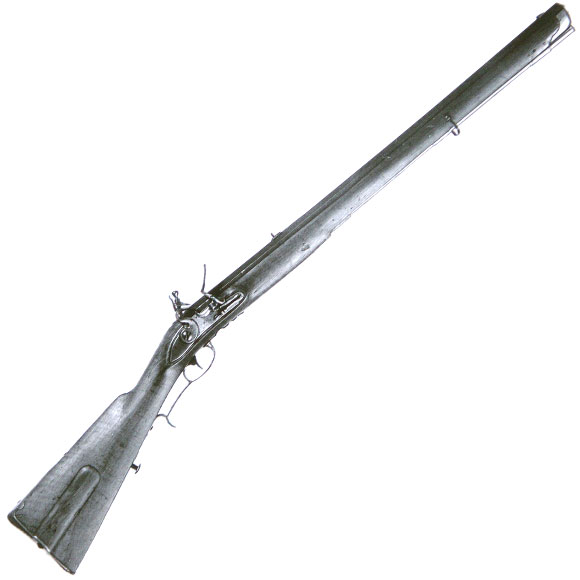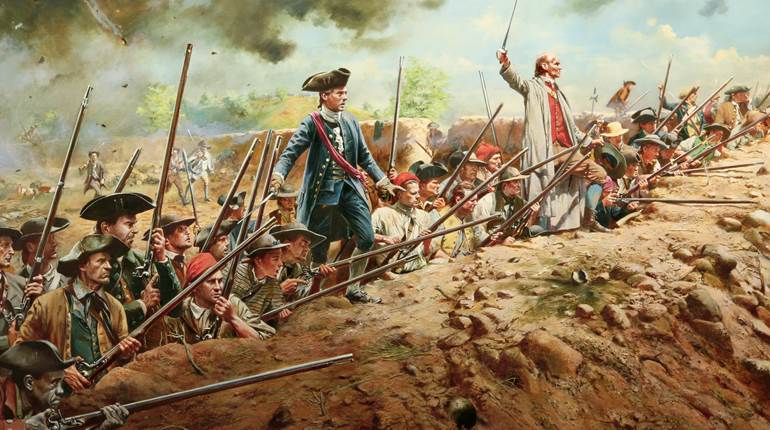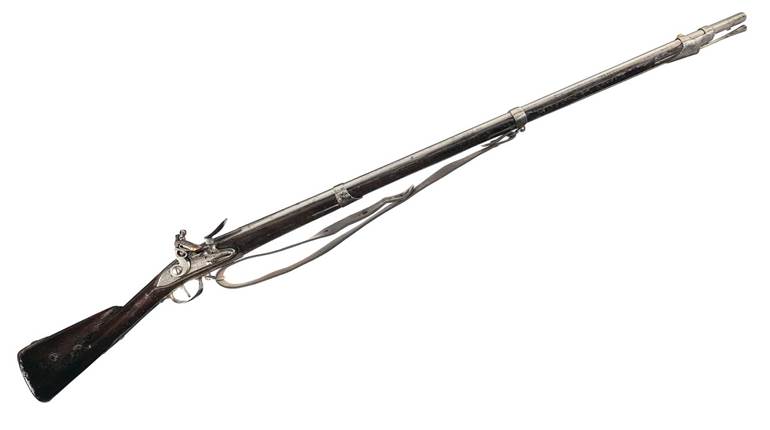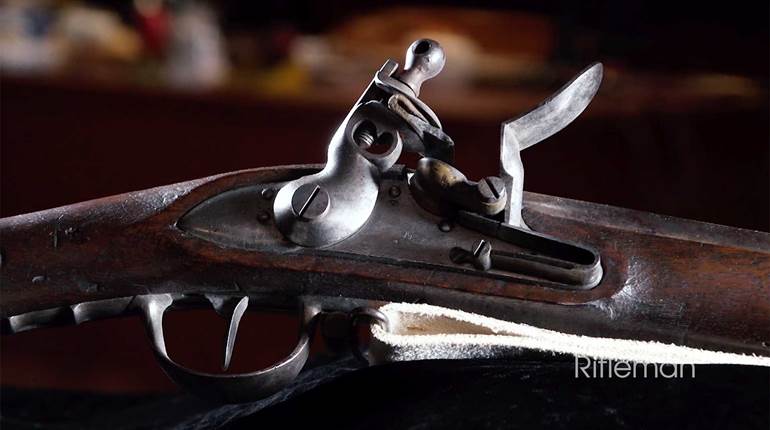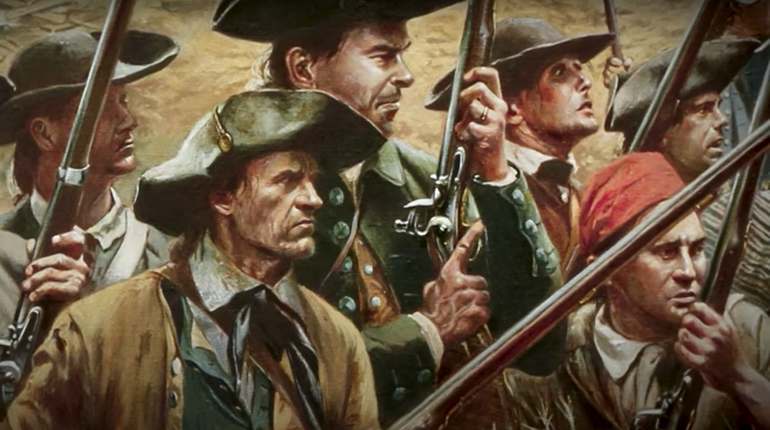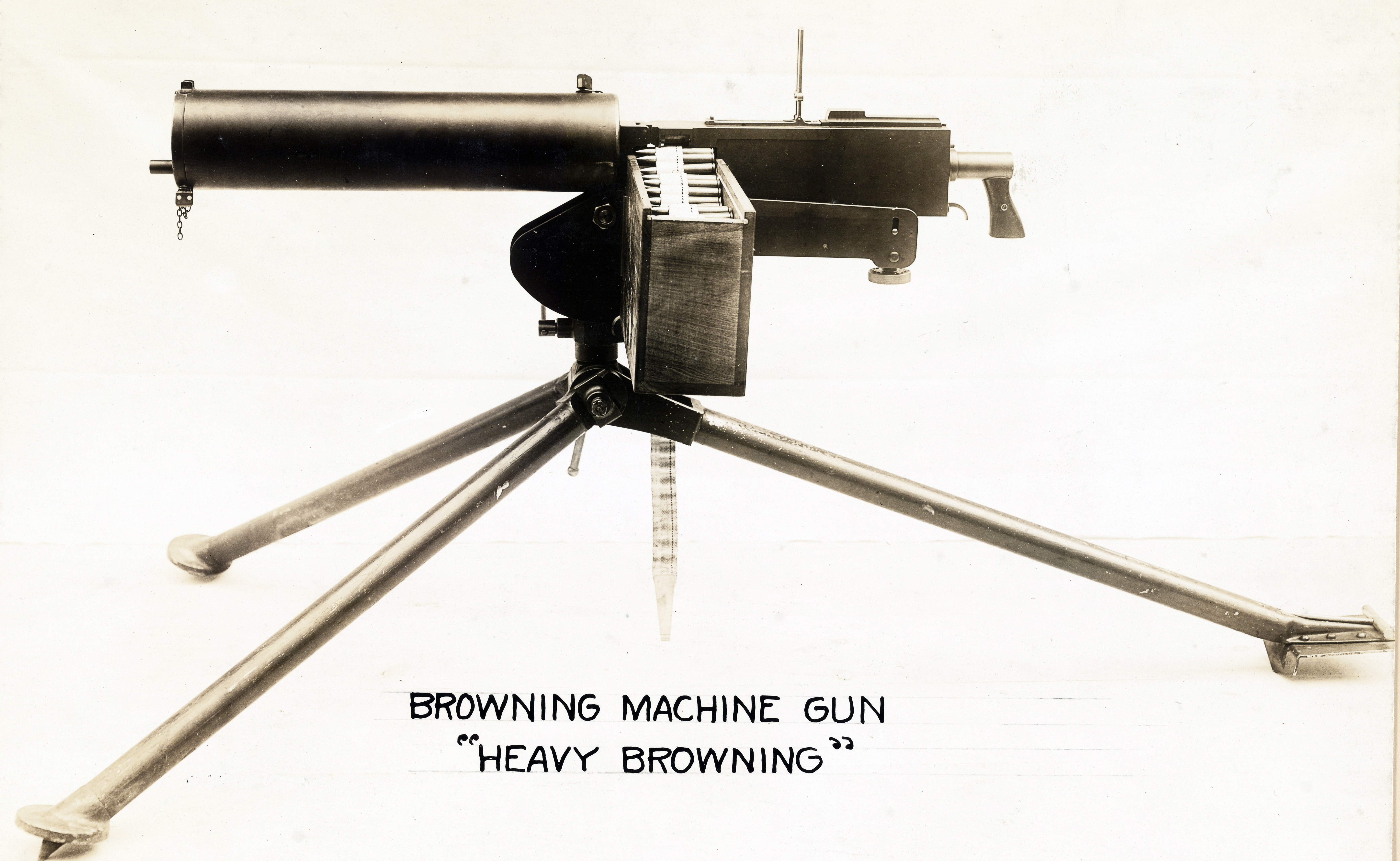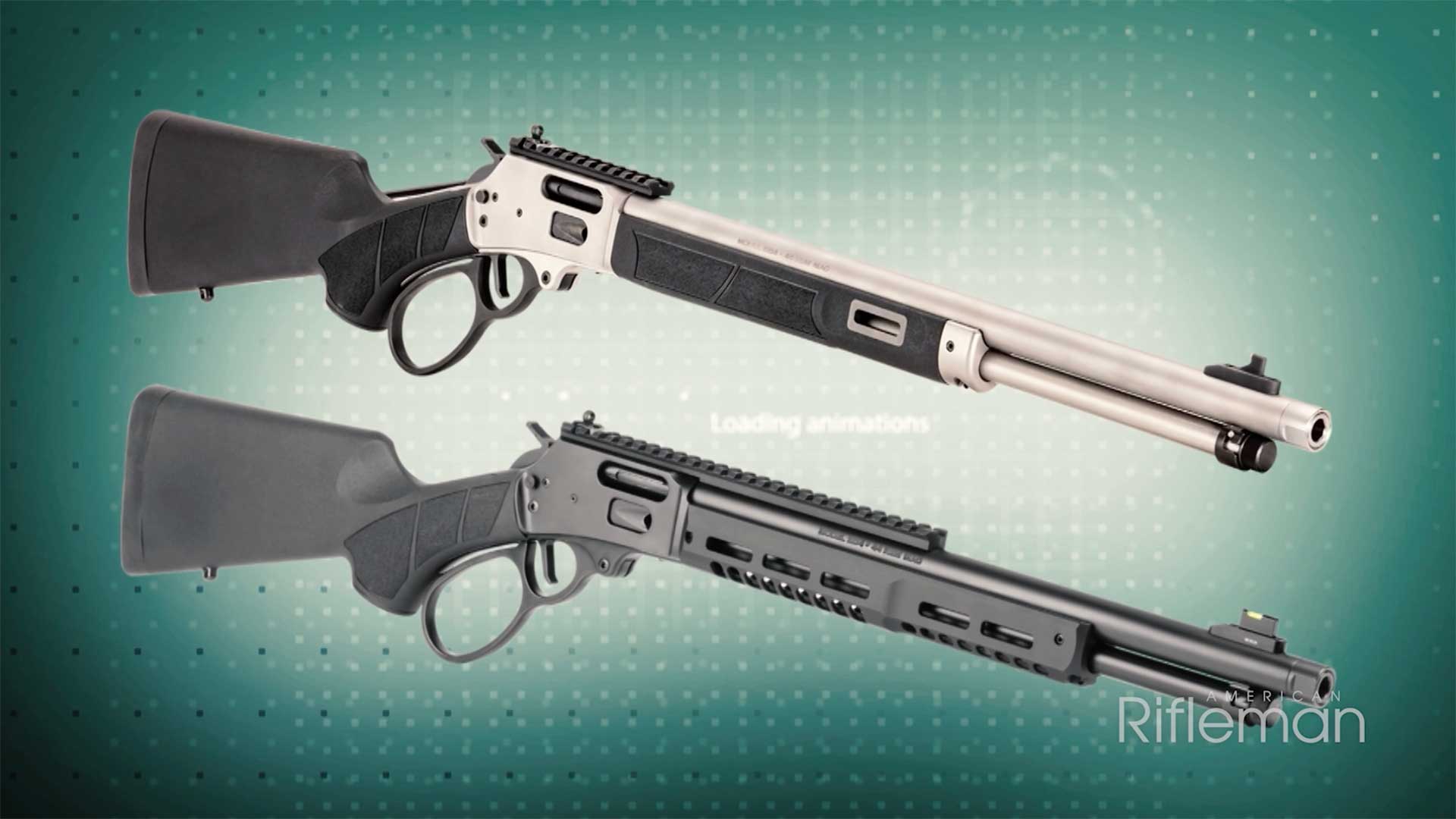The product of an inventive mind, the Ferguson Rifle was a century ahead of its time. Patrick Ferguson’s breech-loading design offered dramatic advances: Ordinary riflemen could fire one shot every two minutes, while smoothbore-armed infantrymen might fire four inaccurate shots per minute, but Ferguson’s breechloader could accurately fired six times a minute, four while moving and could be loaded while prone. The Ferguson was a fairly conventional weapon, incorporating a 34 ¼-inch barrel with 1:56-inch rifling, 50-inch overall length and weighing 6.9 pounds. One turn of the Ferguson’s oversized trigger guard lowered the breech screw to expose a hole above the chamber, allowing a .65-cal. ball to be loaded against the back of the rifling. Next, the shooter poured powder—72 grs. dictated by the chamber size—rotated the trigger guard to close the chamber, knocked aside excess powder to the flash pan, and he was ready to shoot. The Ferguson incorporated a three-bladed rear sight, allowing the shooter to select elevation for three distances, a leap forward in an era when America’s riflemen used Tennessee elevation. And the Ferguson came with a 25-inch bayonet. The Ferguson design contained several flaws. Firing 6 to 10 rounds gummed up its complex action with powder residue. The fatal flaw, however, was how the ball rested against the rifling. A modern test found that gunpowder dribbled past the ball, and in a scant four hours afield, half the powder charge had trickled out the muzzle.


